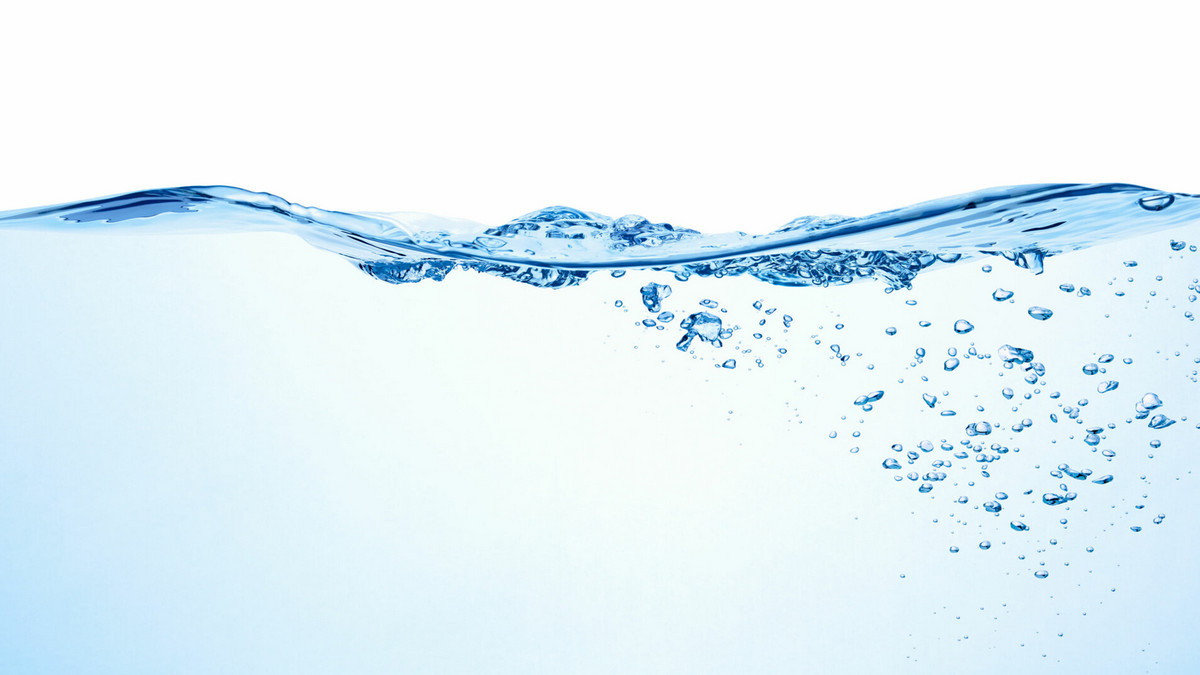If you're considering purchasing a reverse osmosis (RO) water filtration system, you may have noticed that some models include a booster pump while others do not. If you’re unfamiliar with the technology, you might wonder: Why does an RO system need a pump? The short answer is that water pressure is crucial for efficient RO filtration, and a booster pump improves this system efficiency. So, you may then wonder, what does a diaphragm pump do, and why is it considered the best choice for RO filtration? Let’s examine why a diaphragm pump is the most reliable and effective type of pump for this application.
Why Does an RO System Need a Booster Pump?
Reverse osmosis is a highly effective filtration method that removes contaminants by forcing water under high pressure through a semi-permeable membrane. However, for this process to work efficiently, the water must be pushed through the membrane at a specific pressure. If the pressure is too low, the RO membrane will not function properly, leading to:
• Slow water production – The filtration process will take longer, reducing the system's output.
• Poor water quality – Without adequate pressure, contaminants may not be effectively removed.
• Increased wastewater – Low pressure results in more rejected water, making the system less efficient.
For an RO system to work optimally, it typically requires a minimum pressure of 50–60 psi (pounds per square inch). However most municipal water supplies do not provide the pressure required for efficient RO filtration. In many households, water pressure from the main supply can be as low as 30–40 psi, which is insufficient for effective filtration. This is especially common in areas with low municipal water pressure, in homes with long plumbing runs, or in systems using well water.
A booster pump is used to increase the water pressure, ensuring that the RO membrane operates at its highest efficiency.
Why a Diaphragm Pump Is the Best Choice for RO Systems
There are different types of pumps available, but diaphragm pumps are the most commonly used in RO systems. Here’s why:
1. Maintains Consistent Pressure
Diaphragm pumps provide a steady and controlled pressure output, ensuring the RO membrane always receives optimal pressure for filtration. This consistency helps improve filtration efficiency and extends the life of the membrane.
2. Energy Efficient
Compared to other pump types, diaphragm pumps consume relatively low power while delivering reliable performance. This makes them cost-effective to operate.
3. Long-Lasting and Low Maintenance
Diaphragm pumps are built to handle continuous operation with minimal wear and tear. Their design prevents damage from debris or impurities in the water, reducing maintenance requirements.
4. Works Well with Water Filtration Systems
Diaphragm pumps are specifically designed for low-flow, high-pressure applications, making them the best choice for RO systems. Other types of pumps, such as centrifugal pumps, are better suited for high-flow applications and may not generate the necessary pressure for RO filtration.
5. Quiet and Reliable Operation
Many modern diaphragm pumps are engineered for quiet operation, which is an important feature for home use. Their reliability ensures a long lifespan with fewer issues over time.
Self-Priming and Dry Running Capabilities: Diaphragm pumps can operate in conditions where other pumps might fail, such as when air gets into the line. They can also handle short periods of dry running without damage, though it’s not recommended as a regular practice.
How RO Diaphragm Pumps Work
The diaphragm pump operates using a flexible diaphragm that moves back and forth within a sealed chamber. This movement creates a pressure difference that forces water through the RO membrane. The working process can be broken down into the following stages:
1. Water Intake (Suction Phase): The diaphragm retracts, creating a vacuum inside the pump chamber. This vacuum opens an inlet valve, allowing water to flow into the chamber. This feature is what enables the pump to be self-priming.
2. Water Compression (Pressure Phase): The diaphragm pushes forward, increasing pressure inside the chamber. This pressure forces water out through an outlet valve and into the RO system.
3. Continuous Flow: The repeated motion of the diaphragm ensures a steady and regulated water pressure that keeps the RO system running efficiently. Check valves at the inlet and outlet of the pump ensure that water moves in one direction, preventing backflow.
Materials Used in Diaphragm Pumps
Diaphragm pumps are made from high-quality materials designed for durability and chemical resistance, including:
• Santoprene or Teflon diaphragms – These materials provide flexibility and resistance to chemicals, ensuring long-lasting performance.
• Stainless steel or high-density polymer housings – These provide corrosion resistance, making the pumps suitable for extended use in water filtration.
• Viton or EPDM seals – These elastomers ensure leak-proof operation and resistance to wear and tear.
How to Choose the Right RO Diaphragm Pump
When selecting a booster pump for your RO system, consider the following factors:
1. System Size and Capacity – Choose a pump that matches the flow rate and pressure requirements of your RO system.
2. Ensure the Right Pressure Rating – Too much pressure can damage the RO membrane, while too little pressure reduces efficiency. Ensure the pump can generate at least 60 psi for optimal filtration.
3. Automatic Shutoff Feature – This feature includes pressure sensors that automatically turn the pump on and off, preventing the pump from running continuously when the RO tank is full. It improves efficiency and reduces wear.
Choosing the right booster pump is essential for many RO systems, as it ensures that water is filtered efficiently and effectively. Diaphragm pumps offer consistent pressure, energy efficiency, reliability, and a long lifespan.






.png)







